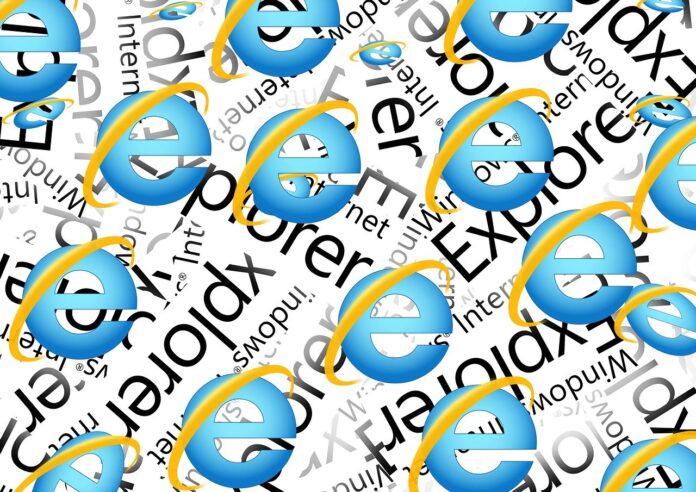Microsoft reports that Internet Explorer has reached the end of its life after a protracted period of palliative care. After dominating the internet for more than a decade, the now-discredited 26-year-old web browser never recovered its reputation as the slow, buggy net-surfing alternative. Following Hotmail and Clippy’s demise, Explorer is now being replaced by Microsoft Edge, the company’s newest and most advanced browser.
After much criticism, Microsoft stated in June 2021 that Internet Explorer will be phased out in favor of Edge, claiming that the newer browser was quicker, safer, and more compatible with older websites. On social media at the time, many who were familiar with Explorer paid homage to the browser’s flaws.
Netscape Navigator was wiped out by Explorer’s success in August 1995, when Microsoft released the browser. In the early 2000s, Explorer dominated the browser market with 95% of the market share. In 2003, Internet Explorer had a 95% share of the market but began to decline in popularity as a result of its shoddy security, sluggishness, and mishandled web page renderings. There have been no new releases of Internet Explorer since 2016. As a matter of truth, Internet Explorer 11 was released in 2013.
Edge, Microsoft’s chromium-based browser, marked the end of Internet Explorer’s existence in 2015. Initially, Edge was only available on Microsoft’s Windows 10 operating system, but it was eventually made available on iOS and Android in 2017. The second most popular desktop browser in the world is Microsoft Edge. Windows 10’s Internet Explorer will be replaced by Microsoft Edge in the future. But not only is Microsoft Edge a better browser than Internet Explorer, it is also faster, more secure, and more up to date.









